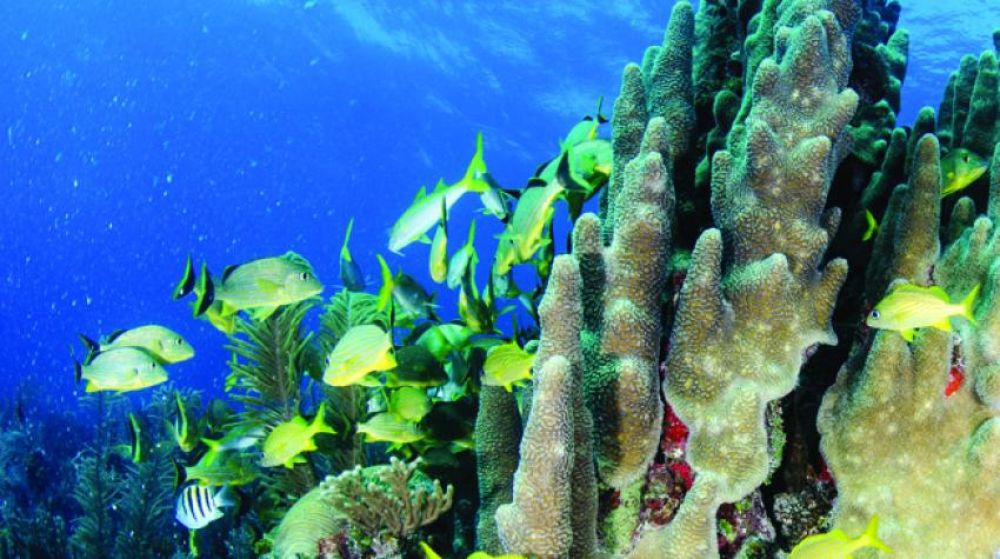

The small island nation of Timor-Leste, also known as East Timor, has only begun to be recognized as a tourist destination in recent years. Atauro Island, situated about 25 kilometers north of the capital Dili, is emerging as a must-visit locale for eco-tourists and diving enthusiasts. The island's surrounding coral reefs are part of the Coral Triangle, which is known for having some of the highest biodiversities of marine life in the world.
Tourism on Atauro Island is relatively young. For many years, the nation of Timor-Leste has been off the radar for most travelers due to a history of political instability and lack of tourism infrastructure. However, since the country's independence in 2002, there has been a gradual increase in the number of visitors. The government of Timor-Leste, in partnership with international organizations, has been working to develop sustainable tourism that benefits local communities and preserves the natural environment.
In the past, tourism in Atauro was primarily based on small-scale eco-tourism projects. These typically included homestays, local guides offering hiking and snorkeling tours, and a smattering of dive operators focusing on the island's pristine coral reefs. However, the island has seen substantial growth in tourism as its reputation as a biodiverse and culturally rich destination has spread.
Recently, there has been an emphasis on developing responsible and sustainable tourism on Atauro Island. Eco-friendly accommodations and initiatives that involve local communities are on the rise, ensuring that tourism provides economic benefits while minimizing the environmental impact.
The dive industry in Atauro has been gaining global recognition. Scuba divers and snorkelers flock to the island to explore its magnificent reefs teeming with life. Marine protected areas and conservation efforts have been a focal point in preserving the reefs and ensuring that the underwater ecosystem continues to thrive.
Health and wellness tourism are also emerging trends, with visitors seeking a retreat from the busier pace of life on the mainland. Atauro's remote beaches, clear waters, and serene habitats are perfect for those looking to reconnect with nature. Moreover, the island culture and traditional handicrafts offer a rich, cultural experience beyond the natural attractions.
The surrounding reefs of Atauro Island are the island's crown jewels, drawing an increasing number of researchers and conservationists aimed at protecting these natural assets. These reefs boast a wide variety of coral species, as well as an impressive array of fish, mollusks, and other marine creatures. Dolphins, whales, and the occasional dugong can also be seen in the surrounding waters, much to the delight of wildlife watchers.
Atauro Island is ever-growing in popularity among those who prioritize sustainability and ecological preservation as part of their travel experiences. As the island continues to develop its tourism industry, the focus on maintaining the health and beauty of the coral reefs remains a top priority.
With further studies revealing the uniqueness of Atauro's underwater world, and with community-based initiatives flourishing, the future of tourism on this idyllic island promises benefits for both visitors and the local Timorese residents. As more travelers seek off-the-beaten-path destinations, Atauro Island, with its surrounding coral reefs, stands as a shining example of balancing tourism and conservation.